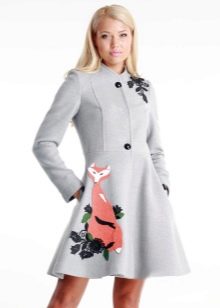Cashmere coat

Cashmere as fabric for a coat
Cashmere is obtained from the dense, downy undercoat of goats living in the mountainous province of Kashmir, on the border of India and Pakistan. For several centuries people have been combing out "down gold" and spinning amazing material from it by hand. You can get down only once a year, during the spring moulting of animals. From one goat at a time, you can get from 100 to 150 grams of fluff. The production of one medium-length cashmere coat requires down from 10-15 animals.

The downy undercoat is incredibly light and thin, softer and stronger than silk. Cashmere fiber perfectly retains heat, since it has the lowest thermal conductivity per unit weight. Cashmere does not cause allergies, dust mites do not live in it.



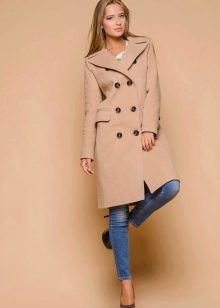

What could be the composition of cashmere in a coat?
Not everyone can afford an exclusive 100% cashmere item, it is quite expensive. Prices for products made from this material vary depending on the fineness or thickness of the down.


The most expensive is pashmina. This down is of the highest quality with fibers no thicker than 15 microns; it is used for the production of precious thinnest shawls. In cashmere or semi-pashmina, the thickness of down is up to 19 microns; fabrics and yarn are produced from it.



Cashmere yarns are made more affordable by mixing in lower quality wool. Often, in order to reduce the cost, the composition of coat fabrics includes wool of other animals, silk, viscose, polyester and other fibers, they often contribute to more resistant wear of the material. One of the inexpensive and wear-resistant is the composition of 70% wool, 20% viscose and 10% cashmere. An even cheaper product is made of either acrylic or viscose.

Models
The classic model of a cashmere coat will always be relevant. The traditional coat is knee length, patch pockets, collar and two rows of buttons. The short-sleeved coat is a variation on the classic theme. A fitted knee-length coat with an English collar and a double-breasted button closure is called a jacket. The raglan coat can be recognized by its special, one-piece, sleeve cut and stand-up collar.






One of the most popular models is a comfortable cashmere robe coat. The trend of this season is a coat with an oversized belt. A sleeveless cashmere coat is useful for fall or spring, especially for ladies who spend a lot of time behind the wheel. A cashmere duffle coat will appeal to fans of sporty style. Quite rare models of cashmere coats are cape coats and capes.
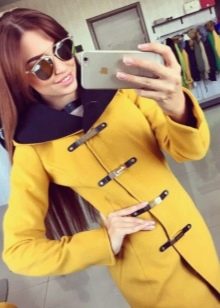






For social events, we recommend purchasing a cashmere coat with a luxurious fur collar. The hood is one of the basic elements of a cashmere coat. As for the sleeves, straight sleeves with a free edge are most often used. Sleeves that are too wide can distort the look.

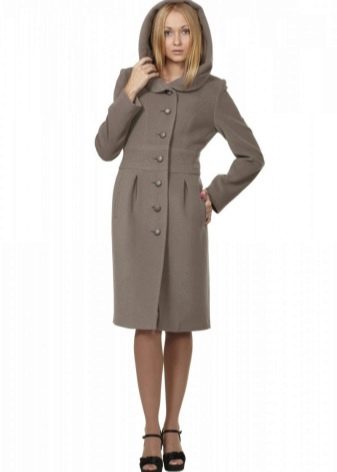



Length
Cashmere coats are found in very different lengths, but the most relevant is above the knees. If you prefer an active lifestyle or spend a lot of time behind the wheel, then you will love the short version of the cashmere coat. All cropped youth-style cuts are quite comfortable and will adorn any young girl.




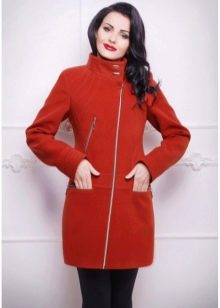

Long, ankle-length models also exist, but this length is usually found in luxurious and elegant cashmere winter coats.
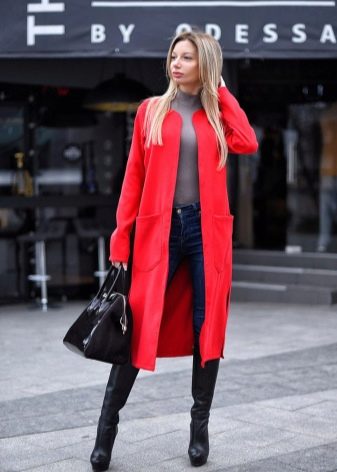




Types of cashmere
Mongolian cashmere
For the manufacture of Mongolian cashmere, the fluff of some species of goats living in the mountains of Mongolia and China is used, it is also carefully selected and processed by hand. Mongolian cashmere products are very soft and are not prone to stretching or pilling.
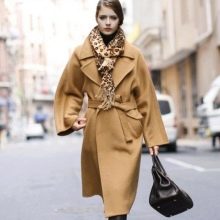


Coat fabric
A fairly common type of woolen coat fabric, when cashmere is not 100%, but from 30 to 10%. For example, 70% wool from another animal and 30% cashmere. The mixture of cashmere and alpaca is especially appreciated. Cashmere and alpaca coat fabric is smooth, lightweight, soft, uniform, silky and durable. It is not prone to rolling, dumping and jamming.

Eco cashmere
The most inexpensive and affordable type of cashmere fabric for a coat is the so-called eco-cashmere, under this name manufacturers produce artificial fabric with an approximate composition of 80% polyester and 20% viscose. But such material does not possess good heat-conducting and aesthetic qualities.



Double-sided coat fabric
Double-sided Italian cashmere coat fabrics are good because they have both front sides and you do not need to sew the lining when sewing. The entire material is made up of two layers, either fused together or bonded with fibers during the production of the web. The layers can be composed of the same fabric on both sides, or they can be different fabrics, with one side being solid and the other printed, for example, a cage. You can sew a product that is worn on either side.


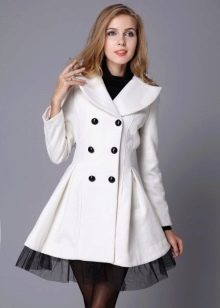
Often the second side of a cashmere coat is made of a waterproof fabric, which is very practical in adverse weather conditions.
Plus size coats for overweight
Overweight women should not mask the flaws of their figure with immense robes, they will only emphasize them. A classic straight-cut cashmere coat will help create an attractive look. The ideal length of such a coat is slightly above the knees or to mid-calf, it is better to neglect the elongated cut.




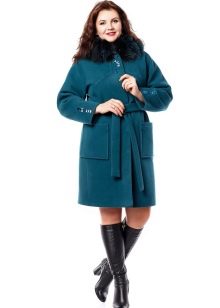
Okay, a comfortable oversized coat looks like a discordant figure. But it should be chosen without unnecessary decorative elements. Another undisputed favorite is the A-line cashmere coat with loose three / quarter sleeves. Flared models of cashmere coats for young ladies in the body are also a great solution. A wrap coat, without a fastener, looks harmoniously on full-lengths. And long luxurious coats-mantles will create a regal image of a woman.




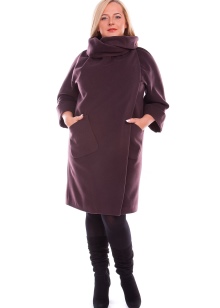
For pregnant
A-line cashmere coat is suitable for expectant mothers. It is distinguished by a hem flared from the chest and a high waistline. At the top there are folds that give the product a soft outline. A versatile oversized coat or cashmere poncho coat will also be quite comfortable for a pregnant woman. The main condition for choosing a winter coat for a girl in position is that there are no shackling details; in such clothes, their owner should feel completely free.





Fashion trends
The classic cashmere coat will not go out of fashion for many years, it is suitable for all occasions and seasons. For spring and autumn, it is better to choose a light and elegant coat with a graceful romantic collar. A cashmere coat with a detachable fur collar is very versatile: it can be worn both in winter and in the off-season, but the hood fades into the background this season.








Modern designers use a hidden clasp on a cashmere coat so as not to spoil the precious material. As for the decor - no rhinestones, pebbles and other "beautiful things". Laconicism and aristocracy are the main qualities of a traditional cashmere coat.



Manufacturers and brands
The most famous manufacturers of high-quality cashmere coats are companies and designers from Italy, Scotland, France, Mongolia and Russia - Max Mara, Paolo Moretti, Missoni, Jonston of Elgin, Peter Scott, Raslov company, Alisa Tolkacheva, Ekaterina Smolina, Ksenia Demuria and others ... One of the most popular and sought-after coat models from Max Mara is a cozy cashmere robe. It is usually painted in delicate shades - sandy, powdery or light gray.





Fashion House The Fashion House of Yekaterina Smolina will offer you coats made of light cashmere fabric of European quality, which amaze with their tenderness and romance. There are also factories in Russia that produce up-to-date coat models from delicate cashmere, these are "Cashmere of Moscow" and "Kalyaev". The models of these factories are distinguished by the use of quality materials and adherence to fashion trends.



Women's coats from Turkish and Belarusian manufacturers are a designer style at an affordable price, they are elegance and classics that will never go out of fashion.



Colour
Items made from natural cashmere cannot have flashy colors. The hair of the Tibetan goat is only white, gray, brown or black. Therefore, cashmere coats have classic shades: sand, brown, gray, red or black.

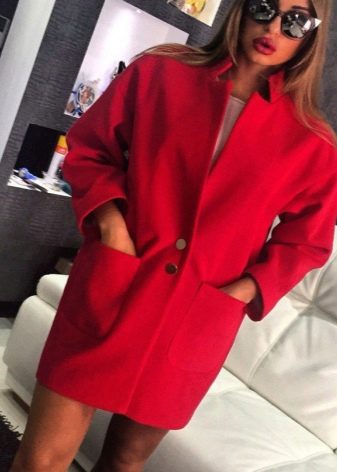
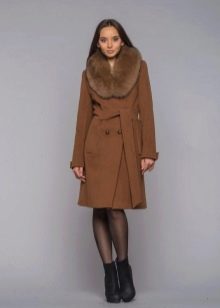


Also trendy are blue and green colors, the combination of the color palette and animal prints are allowed. But one must not forget that the tones must be chosen truly noble, otherwise such a luxurious material as cashmere will look cheap and not beautiful.


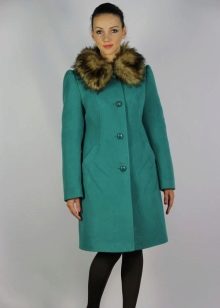


How to choose?
When choosing a cashmere coat, you need to be guided not only by your taste, but also by information about the material. How to choose a quality item? The cut of a cashmere coat is usually pretty simple. When buying, try to discern the finest threads in cashmere, thinner than a hair, then squeeze a piece of fabric in your hand, palms should feel warm from cashmere. 100% cashmere is non-shiny and has a palette of white to brown and black.

Read the label carefully.And keep in mind - cashmere shouldn't be cheap!



How to wash, clean and iron a coat?
To maintain its original cashmere coat appearance for many years, it is necessary to take proper care of it. Some products can only be dry cleaned, this should be written on the sewing tag. Cashmere should not be draped over and should be washed frequently. Cashmere items are not rubbed when washed by hand. In the machine, coats are washed with cool water on a delicate cycle. If necessary, the cashmere coat is ironed only with steam, without touching the fabric.
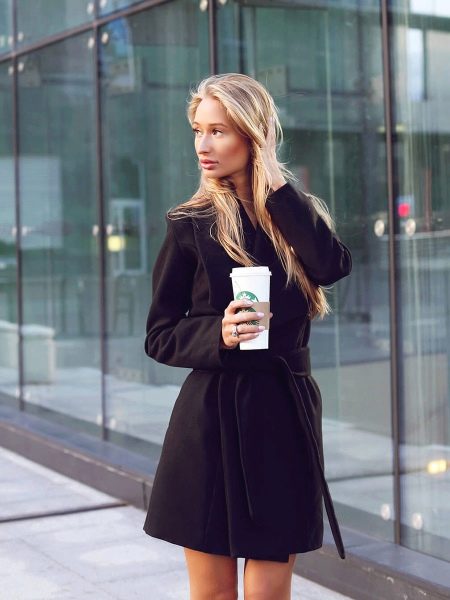
From detergents it is better to use ordinary shampoo. The washed products are not twisted, but only squeezed a little on a sheet, dried while lying.



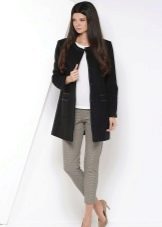
When to wear and what to wear?
The classic cashmere coat is more often black and white or creamy brown, and the best option is to keep the whole look in the same color scheme. Choose the necessary accessories in the same colors as the coat, so you can get an exquisite black and white ensemble or a luxurious beige and brown bow.

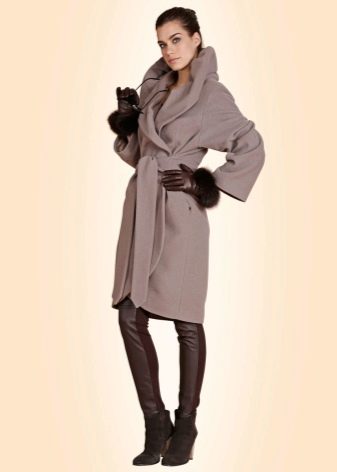



A business everyday look dominated by a classic straight-cut cashmere coat is best combined with tight trousers or a pencil skirt. Sporty-style cashmere cropped coats are worn with sweatpants or jeans. A classic knit pullover will help complement the look.
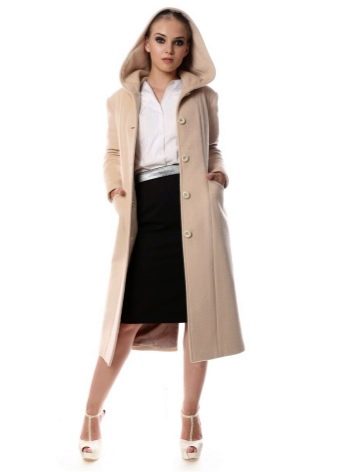



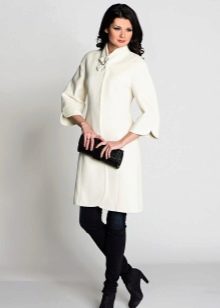
In terms of footwear, knee-high boots or sneakers or leather warm boots will work, depending on the look you want to create.




Reviews
Reviews of the owners of cashmere coats are quite contradictory, the happy owners of expensive models made of high-quality fabrics in no way regret the money spent. They say about their product as unusually warm, comfortable, unpretentious in care and not subject to shedding. Max Mara's customers are especially satisfied.
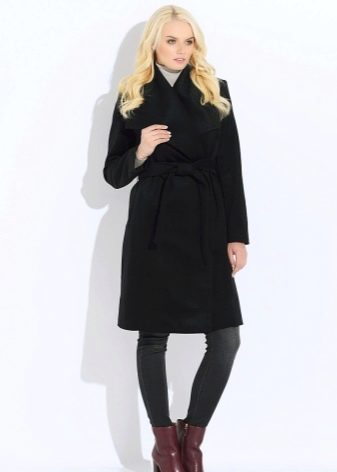




But the owners of a light long cashmere coat are forced to regularly pay money for dry cleaning, and the owners of a black cashmere coat complain that they can see settled dust and adhered lint on it. Pet owners in particular complain about this. Those who did not approach the purchase seriously enough or decided to save money mainly complain about the spools formed at the contact points of the parts, which are sometimes not so easy to get rid of.

